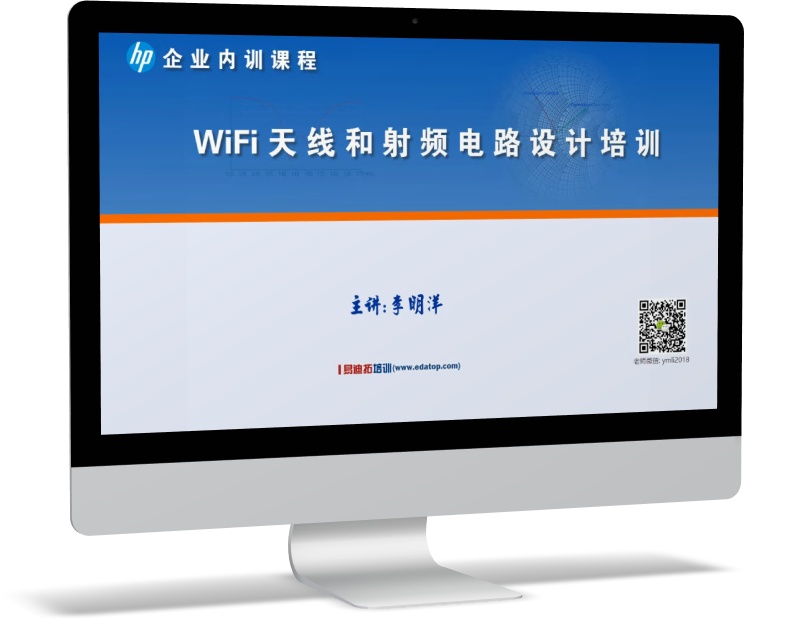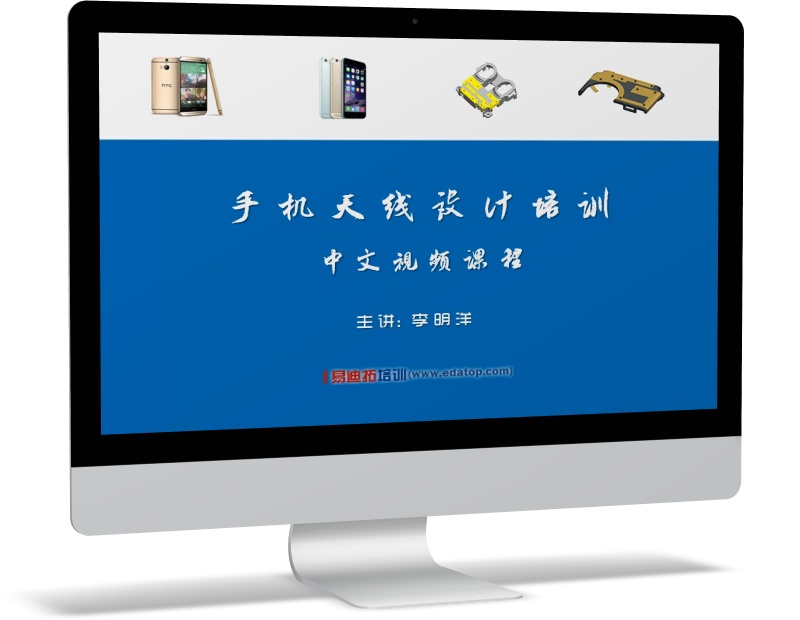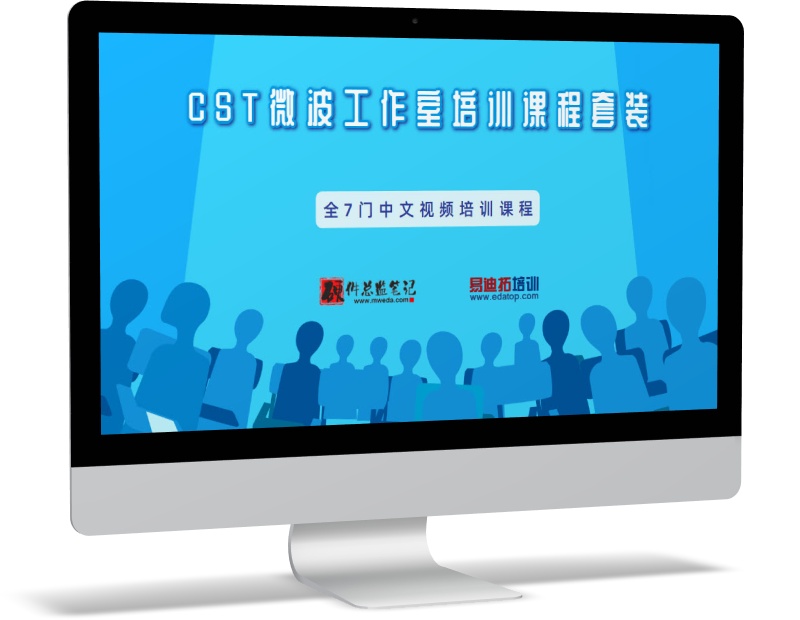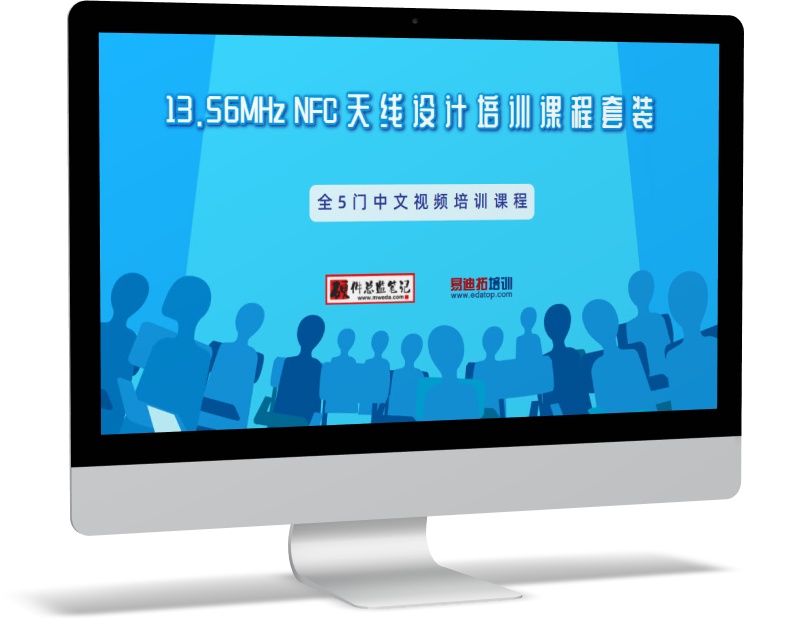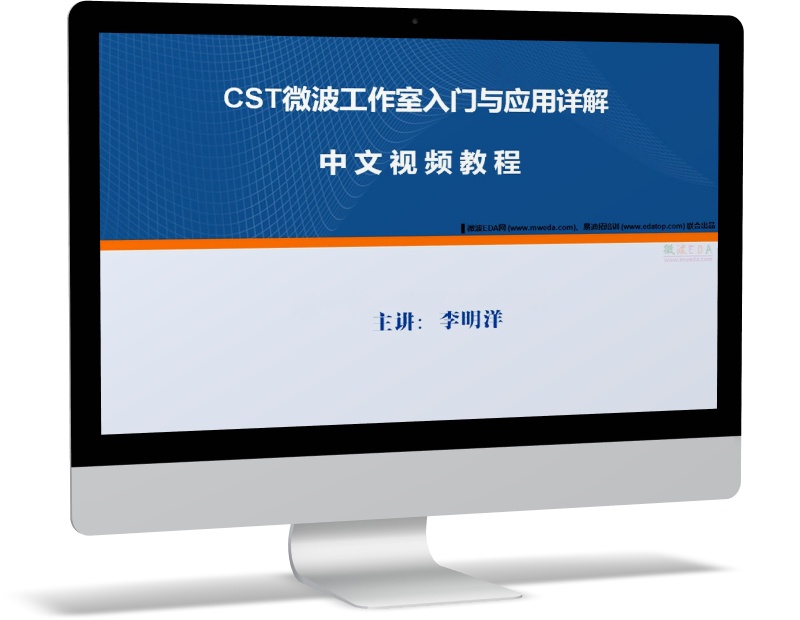CST2012相比于2011增加了什么功能?
有没有完整版的下载额。分卷下载下得我太蛋疼了。
This list provides an overview of the most important changes in CST STUDIO SUITE™ 2012.
General / Environment / Modeler
Upgraded the CAD kernel to ACIS R22
The visibility of all objects is restored when opening the project
Message window now supports hyperlink text for a more detailed error reporting
Improved multi selection for solids, wires, port and lumped elements
Slice by uv plane also works for wires now.
Enhanced flexibility for the background material
New view option: Snap to Nearest Axis
Hierarchical tree structure for wires, lumped elements and materials
Enhanced editing for waveguide ports especially for multipin ports
New “Projecting edge” option for lumped face element and discrete face ports
Introduced new group concept to control the local mesh settings
Sorting is available for the parameter list
Support for drag & drop in the navigation tree for solids, components, wires, and 1D results
Job Control Center
Projects can be opened directly via context menu
Distributed Computing
Password for changing Solver Server settings remotely
White list for machines which are allowed to connect to the Main Controller
Improved robustness
EDA Import
Import of EDA files by drag and drop
Option for introducing reference-conductor sheets in automatic port creation
Automatic shorting of ground nets on package BGAs
Usability improvements of PCB import dialog (display of pin names, net selection by mouse)
64-bit versions of PCB converter and PCB import dialog
CST-Cadence Link
Simplification of installation procedure and automatic update along with CST updates
More robust setup of CST MICROWAVE STUDIO simulations from within Cadence environment
Import / Export
Support for drag & drop for file import
New 3D import options
ACIS R22
Autodesk Inventor 2012
CATIA V5 R21
Tetrahedral (Tet) Mesh
Mesh generation can be performed on a remote computer using Distributed Computing.
Improved diagnostic messages in order to provide more precise information in case of meshing errors.
Interactive 3D cut plane control widget for 3D mesh view
CST MICROWAVE STUDIO Solvers
T-Solver
Improved geometric modeling of surface impedance materials
Dispersive magnetic materials of Nth order
Non-linear plasma and broadband constant tangent delta materials
New broadband waveguide port operator and more robust waveguide port analysis
Support of wide band phase delay
Support of discrete face lumped network elements
Improved field source imprint (more robust, arbitrarily rotatable, import of measurement data)
TLM-Solver
The TLM and T solver now share a common user interface
Waveguide port fundamental modes can be modelled with the TLM solver
Enable S-parameter symmetries for the TLM solver
Individual port excitations can now be done on remote machines using distributed computing
More general linear frequency dependent materials can now be modelled with the TLM solver
Multiple layers can be defined for thin panel materials and coated metals
Performance improvement for TLM discretization
Slots on objects can be defined using freestanding curves
VBA commands for TLM post processing settings are now available
Unified farfield plotting
F-Solver
New fast resonant frequency domain solver with curved tetrahedral mesh is now available
Improvements of adaptive mesh refinement for Tet-FD general purpose solver
broadband S-parameters and 0D result templates used for stopping criteria
automatically chosen adaptive mesh refinement frequency is now moved in the course of the adaptive mesh refinement if the input reflection is high
Improved some special cases of the frequency distributed computing; remote mesh generation and refinement is now available
Implemented rectangular and cylinder-barrel lumped network elements
Export of fields for corona discharge and multipactor analysis with Fest3DTM
Further improvements of the new port mode solver with curved mesh
E-Solver
New Eigenmode solver with tetrahedral mesh
A-Solver
Raytube based solver for better performance at very high frequencies
Support for multipole and broadband farfield sources
Visualization of ray paths
Improved performance for geometrically complex structures
New option to perform field source excitation either sequentially or simultaneously
I-Solver
MPI-MLFMM performance improvements
Improvements for fast monostatic RCS calculation
New user interface
Multiple / elliptical (circular) polarizations
Multiple sets of observation angles
DC for distribution of excitation angles
Farfield source improvements
Broadband frequency source
New radius estimation for more accurate results when source is positioned on surface
Fast MLFMM near field calculation
New frequency list in solver dialog
Wire discretization supports MLFMM
M-Solver
Method of moment based solver for mainly planar structures as planar antennas and filters, MMIC etc.
Automatic layer stack generation from 3D model
Automatic edge mesh refinement
Port de-embedding functionality
CST EM STUDIO Solvers
Curved elements support for Electrostatics Solver
3rd order tetrahedral elements for Electrostatics Solver
2D Magnetostatic Solver (rotational and translational symmetry)
Solid current wire source for tetrahedral solvers
Voltage driven coil source
CST PARTICLE STUDIO Solvers
GPU support for Particle in Cell (PIC) solver
CST PCB STUDIO
Unification of layer stack up handling between PCBS and MWS
Accuracy and stability enhancements of PI-solver
Enhanced accuracy of 2DTL-solver (including dielectric loss, skin-effect and via modeling)
Complete part library concept: an equivalent circuit can be assigned to a component either from a (imported) part library or from a local definition inside PCBS
IBIS viewer allows the viewing and editing of the typical IBIS waveforms (I/U-characteristics, clamping characteristics, U(t)-characteristics)
Impedance visualization of the equivalent circuit for all passive 2-pin components (R, L, C)
New SI-FD workflow allows a convenient set-up of a scatter parameter analysis without using the schematic editor
New IR-drop workflow (including the visualization of the current and voltage distribution on the conductors surface)
CST CABLE STUDIO
Improved ground connection concept for transient bi-directional co-simulation
Enhanced transmission line models for transient simulation
CST MPHYSICS Solvers
Large deformations for mechanical solver
Temperature dependent material model for thermal conductivity
CST DESIGN STUDIO
Improved performance for repeated simulations (e.g. Parameter Sweep, Optimization and Tuning)
Enhanced vendor library
Spice compatibility: Support for most common PSpice syntax elements
New Tasks:
Optimizer as task
Parameter Sweep as task
Template based Postprocessing as task
New Sequence task
New Block simulation task that allows to start a 3D field solver of a specific block without simulating the entire circuit.
Tasks can be nested
Enhanced routing
Solver type synchronization between a 3D field solver project and its corresponding block in the schematic can now be switched off.
IBIS block: Currents and voltages “on the die” can be monitored
IBIS-Viewer
Solver control: New solver specials dialog box.
Results / Post Processing
New Parameter View: Spread sheet like user interface to display the combination of all parameters together with the available results
New highly interactive 2D/3D visualization engine (optional)
Interactive 3D cut plane control widget
Interactive color ramp widget
CST MWS 1D results are written complex where applicable
Combine results for excitation with farfield source, voltage and current port

